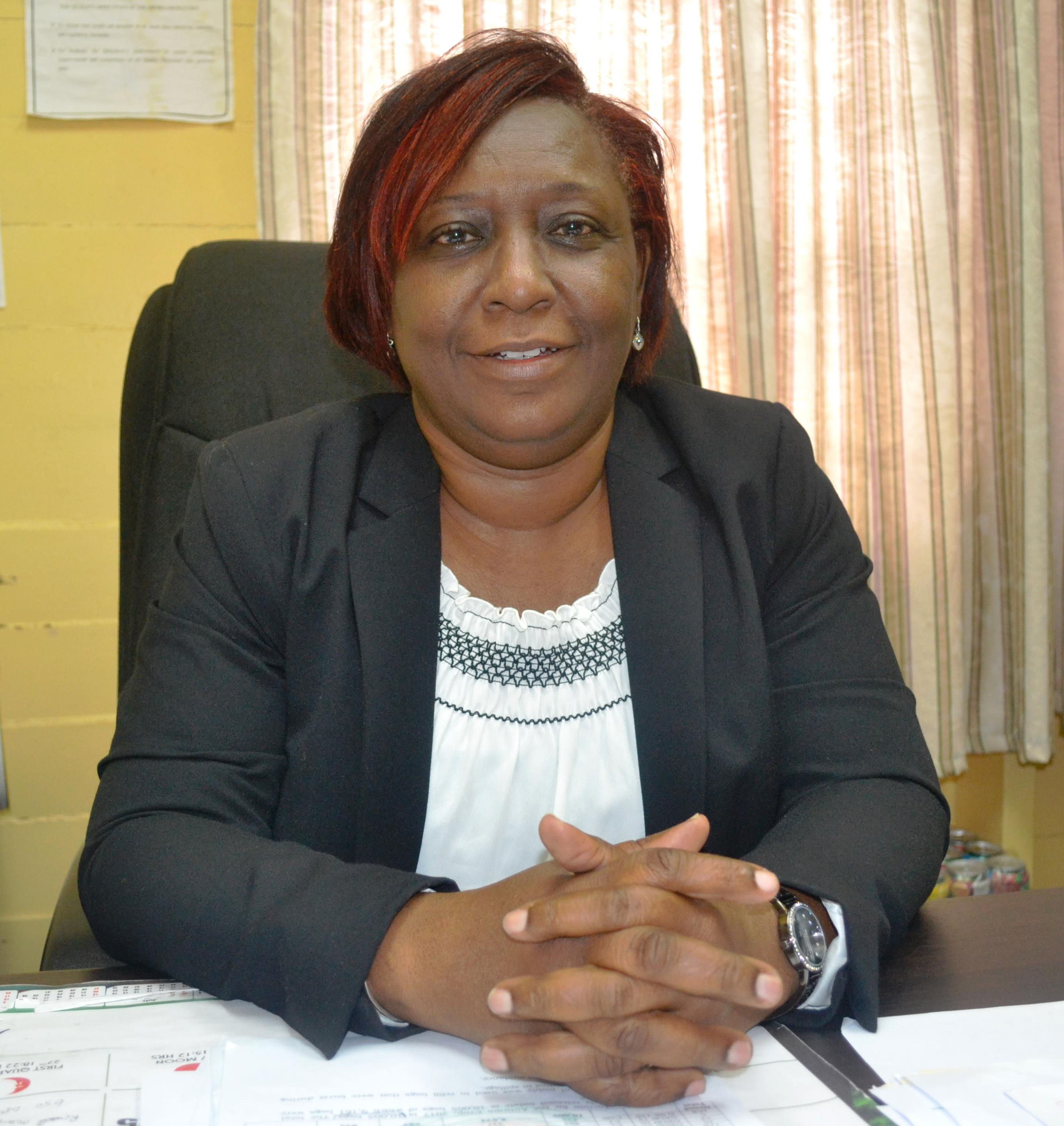A new grading system is being introduced by the Guyana Rice Development Board (GRDB), in conformity with Guyana’s international obligations with regards to trade in rice.
The new grading standard is “Gys 211; 2014”, and according to the GRDB’s Deputy General Manager, Ms. Allison Peters, once implemented, the new system will benefit millers and farmers significantly, as it will better position them to tap into international markets.
She said that the GRDB has begun training its quality control staff on the new system, and will also be targetting millers and farmers to have the system fully implemented by the first crop of 2019.
The development of this new internationally-accepted grading system, follows a review done in 2014 and ever since, particularly over the past year, the GRDB has been training its extension officers, millers, farmers and other stakeholders how to use it.
“Under the new grading system,” Peters said, “all broken rice will be taken out and then all the grading factors such as chalky, broken, etc. will only be applied to whole grains.”
Farmers, on the other hand, will have a wider band of grades for their paddy, which means that whereas before grains with a 3.5 per cent damage were classified as “substandard”, the rating will now go to those with a 4.5 per cent damage, which were before referred to as “sample grade”.
The new grading process will also allow for a higher percentage of red grains, which will now redound to the benefit of the farmer at the mills.
“You see, better grades ultimately mean better prices going to our farmers, which is an added plus, and something we at the GRDB have been working on over the years to see materialise,” Peters said.
“In 2018, much has been earmarked to be completed in conjunction with our farmers and millers,” she added.
She also disclosed that significant progress has been made towards the release of a new high-yielding variety of rice this year.
She said that field trials are currently underway, with several farmers across the country having been provided with seed paddy for this new variety.
This will mean that an evaluation of field conditions can be done at the end of this first crop, after which a determination will be made as to an official release of the new variety of the second crop. This will bring to 15 the total number of new varieties released by the GRDB’s Research Station at Burma.
In-house trials of this new variety have been yielding very exciting results, according to Ms. Peters, who added that this could be another winner for the local rice industry.
The new varieties have pushed Guyana’s average yields from 20 bags per acre to 38 bags per acre for the last crop, with some farmers reporting yields of up to 60 bags per acre.






